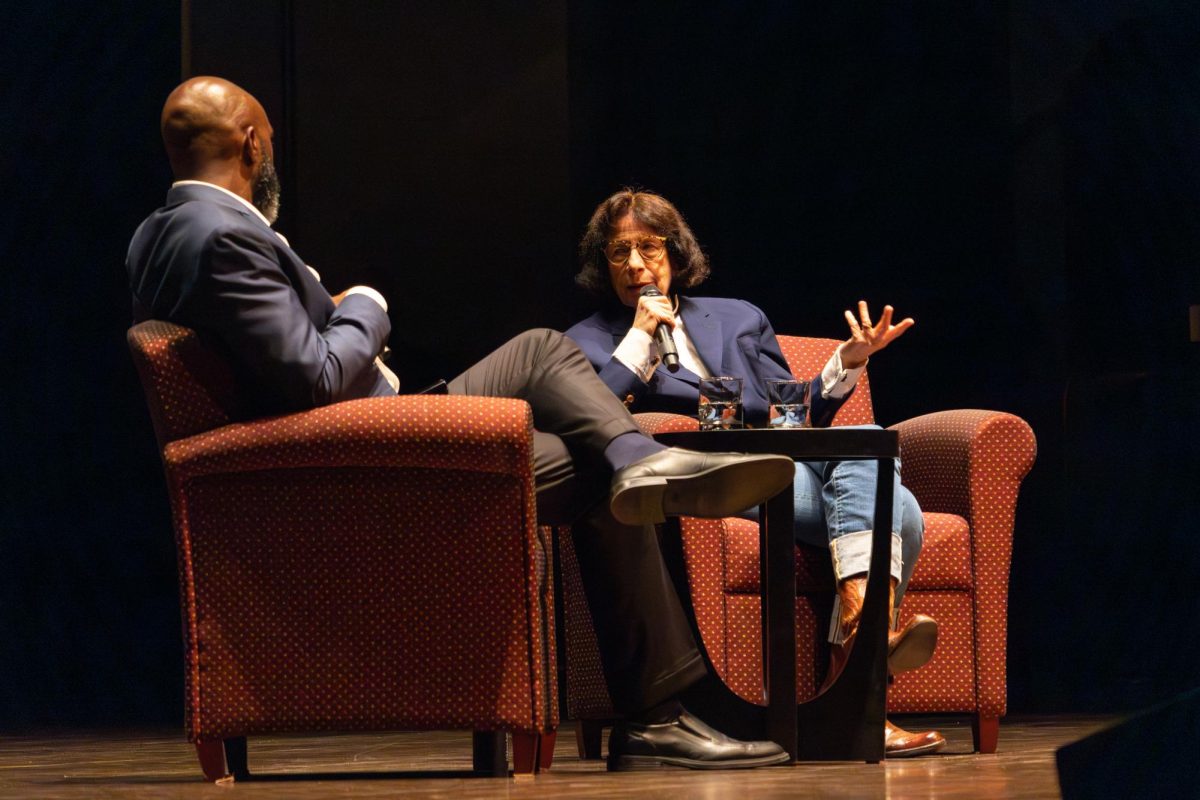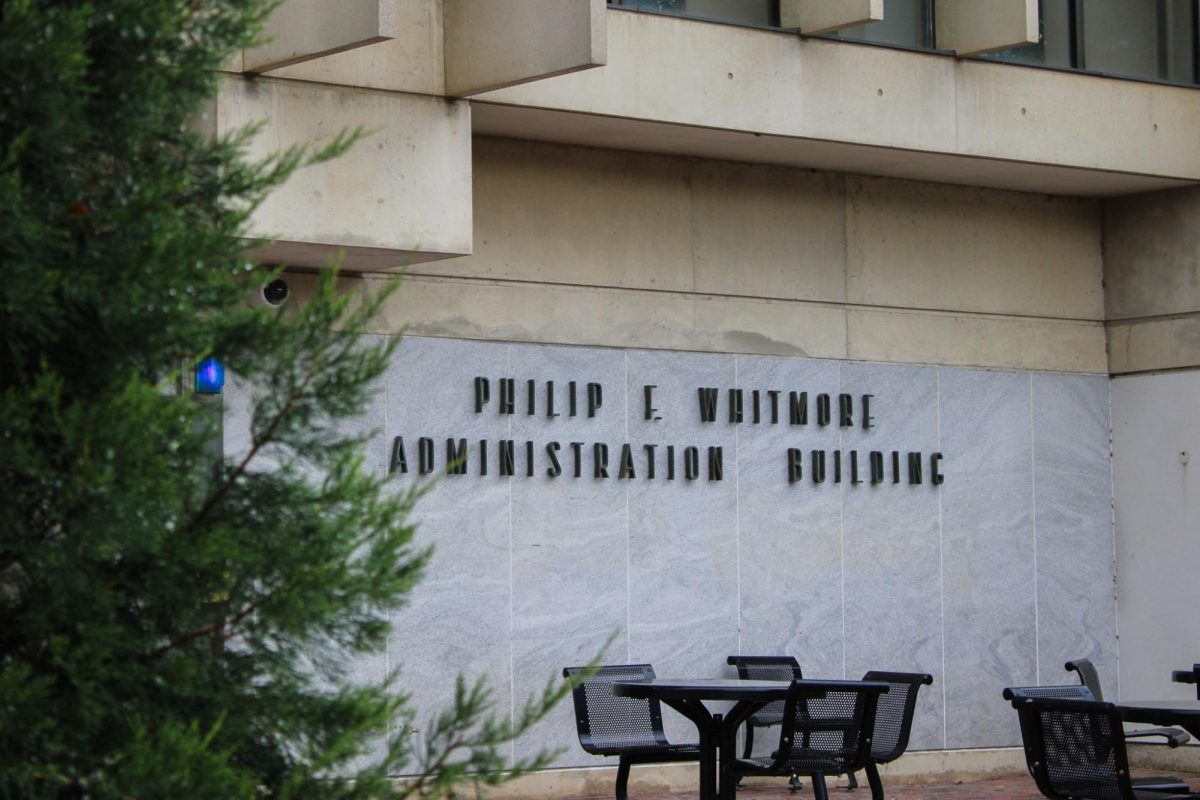With my third and final Dean’s Book class approaching in the spring semester, I knew how I would spend my winter break: reading books that actually interested me. One of these books was ‘The World Without Us,’ by Alan Weisman, a speculative work that describes what would happen to Earth if humanity disappeared. Weisman’s take on the decay of human-built structures piqued my interest because our way of life is dependent on the buildings in which we sleep, eat and work.
I previously assumed I would enjoy our campus more if the rest of humanity disappeared, but Weisman inspired me to think out the practical details. I hope my readers will appreciate this thought experiment of mine.
The first locale drastically affected by the loss of humans would be the dining commons. Like four great
Birds would likely be the first gatecrashers due to their morbidly humorous inability to recognize solid glass. One of the campus hawks may attempt to dive at a mouse inside the dining commons, only to die so that others may enter through a now shattered window.
Birds would also accelerate the decay of the taller buildings on campus, like the Southwest towers, the
Water and plant life would be the two most destructive influences on campus buildings. Within twenty years, all the streets would resemble the roads torn up by construction equipment around work sites. Ice would crack the surface and roots would drag down the asphalt to pulverize it under a now grassy path. The so-called ‘rape trail’ would close forever with new growth, and the center of campus sexual indiscretions would be, once again, the ducks in heat.
The benign, smelly nature of the campus pond would hide its insidious part in the final destruction of campus. The pond’s water level is maintained by a drain, but the drain would eventually be blocked by a dam created from plant debris, dead geese, and any garbage sucked along the pond floor to the portcullis-like gate at the northern end. With the drain blocked, the pond could only expand outwards. The soil and trees it eats from the shoreline would also contribute to clogging the pipes, accelerating the pond’s growth.
The small green field between the pond and campus center is much lower than the pond. Apparently the bottom of the grass field is close to the water table, since heavy rains can result in water pooling at the bottom. Once the pond overflows its banks, water would rush into this depression and begin filling the
The ebb and flow of water inside the basement would pull the building back and forth. The extra tons of weight in water resting on the foundations would pull the building down and weaken the structures supporting the hotel above. I am not certain how long the flooding and weakening process would take, but the inevitable result would be the collapse of the entire tower into its boggy basement.
Perhaps it might fall upon itself much like the result of a controlled demolition. I prefer to imagine it falling with its wider side down into the pond like a giant shoe smashing into a puddle. A similar fate awaits the other tall buildings. The towers in Southwest may tumble like Paul Bunyan’s dominoes and the DuBois library might disintegrate like his Jenga tower.
I once took a long bicycle ride into the
Chris Amorosi is a Collegian columnist. He can be reached at [email protected].







Leo • Mar 4, 2024 at 1:05 am
Excellent work, colonypod.
Daria • Jan 25, 2011 at 9:25 pm
That is very interesting. Great job!